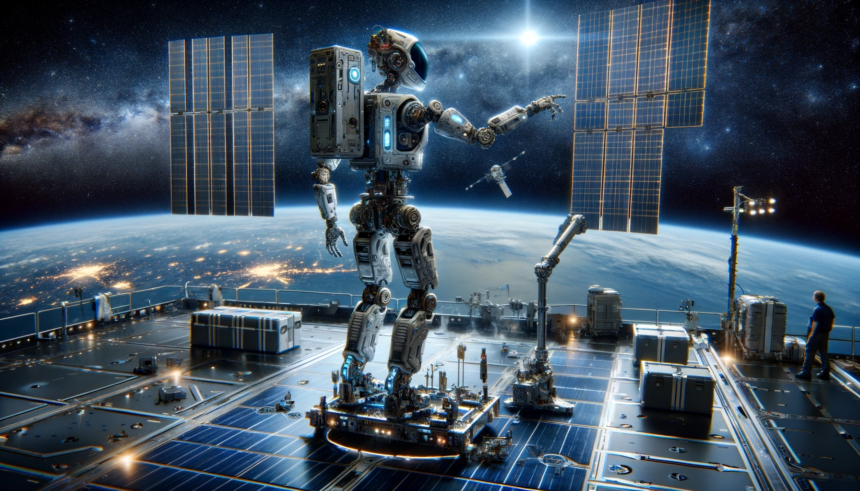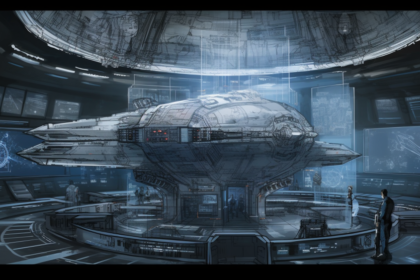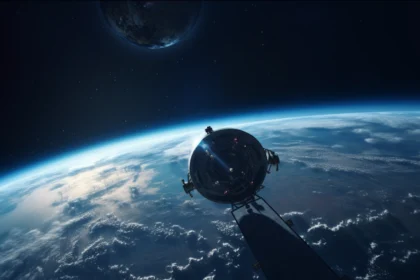HOUSTON/AUSTIN, Texas – In the cutting-edge realm of space exploration, NASA introduces Valkyrie, a humanoid robot, standing an imposing 6 feet 2 inches tall and weighing 300 pounds. Designed at the Johnson Space Center in Houston, Valkyrie is more than just a feat of engineering; it’s a glimpse into the future of space missions.
Introduction to Valkyrie: Beyond Earth’s Boundaries
Valkyrie, named after a figure in Norse mythology, is engineered for “degraded or damaged human-engineered environments.” This could mean disaster-struck areas on Earth or the harsh terrain of extraterrestrial landscapes. NASA’s bold venture into deploying humanoid robots in space marks a significant step in advancing space technology.
The Role of Humanoid Robots in Space Exploration
NASA’s Dexterous Robotics Team Leader, Shaun Azimi, explains the vision behind Valkyrie:
“We’re not trying to replace human crews, we’re really just trying to take the dull, dirty and dangerous work off their plates to allow them to focus on those higher-level activities.”
Valkyrie’s design allows it to perform tasks like cleaning solar panels or inspecting malfunctioning equipment outside spacecraft, crucial tasks that ensure the safety and efficiency of space missions.
Apptronik’s Collaboration: Bridging Terrestrial and Space Robotics
NASA’s partnership with Austin-based robotics company Apptronik is pivotal in adapting terrestrial robotics technologies for space applications. Apptronik is developing Apollo, a humanoid robot with practical applications on Earth, such as working in warehouses and manufacturing plants. This collaboration provides valuable insights into the adaptability of such technologies in space environments.
Apollo: Earthly Counterpart of Valkyrie
Apptronik’s Apollo serves as a terrestrial parallel to Valkyrie. Chief Technology Officer Nick Paine highlights Apollo’s endurance, “We’re targeting having this system online 22 hours a day.” The ability to work tirelessly and efficiently positions Apollo as a model for future space-bound robots.
The Future of Robotics in Space and Beyond
The potential of humanoid robots like Valkyrie and Apollo extends far beyond current applications. Jeff Cardenas, CEO of Apptronik, envisions a future where these robots could move from manufacturing floors to “unstructured spaces,” possibly including outer space. Azimi adds:
“Robots like Apollo are designed with modularity in mind to be able to adapt to many applications.”
This adaptability is key to future space missions, where versatility and resilience are paramount.
Conclusion: Charting New Territories
The development of humanoid robots like Valkyrie and Apollo symbolizes a new era in space exploration and robotics. As we stand on the brink of this new frontier, the possibilities are as vast as space itself. We invite our readers to share their thoughts and insights. What impact do you think humanoid robots will have on future space missions? Join the conversation and let us know in the comments below.










